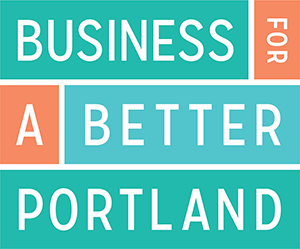“What is SEO?” you type into the search bar.
In microseconds, the algorithm delivers its results. These results come from a never-ending process of collecting data from every website on the internet and indexing them within a virtual library.
And it’ll probably turn up something like: “SEO, or Search Engine Optimization, is the process of increasing quality and quantity of traffic to a website through organic search.”
Right now, there are search engine spiders (also called “crawlers”) wandering all over the internet. These crawlers follow strands of the world wide web, using links to travel from one site to another, then record every web page they can find and rank them according to their usefulness.
And the “usefulness” bit is where your SEO efforts come in, because search engine optimization isn’t primarily for the crawlers.
The crawlers are trying to determine what *people* want when they search for something. And that means SEO is, ultimately, for people. You are not writing for Google, or Bing, or any of the other search engines out there.
You are writing for your client.
Organic search means you are not paying to be featured, you get there by what might be considered “merit.” Like establishing a reputation in the business world, SEO is an ongoing process, and you build it by paying attention to changing search engine standards and adding more and more of the right kind of content to your site.
What Search Engines Look For
The search engine wants to answer queries (i.e., what people type into the search bar) with content that is relevant and authoritative.
And that is why SEO should be part of your overall marketing strategy, not just some technical thing that’s off in a world all its own. And that’s why, when you’re doing it, you need to get in a sales and marketing headspace, way more than you need to get into a “tech” headspace. You need to consider it along with the words you use across all of your marketing, print and social media included, and all be part of building a cohesive overall strategy or individual campaign.
Granted, there’s a lot more than just marketing that goes into SEO, and some of it is pretty technical. I don’t even think I could cover it all in ten blogs, but let’s start with a general overview of what you need to take into account when you are trying to make your website appeal to both human beings and our robot web-librarians.
The Elements of Good SEO
In future newsletters, I’ll be going into each of these points in depth, but the following elements are things to consider when you are doing SEO work on your website:
- Crawl accessibility
- Good content
- Powerful keywords
- User experience
- Shareability
If this seems like a lot, that’s fine. It is a lot. But as long as you work on your website with an eye to how helpful and easy-to-use it would be for someone else, you’re on the right track. Stay tuned for more info on how you can use your site in a way that satisfies both your customers and our search engine overlords.


